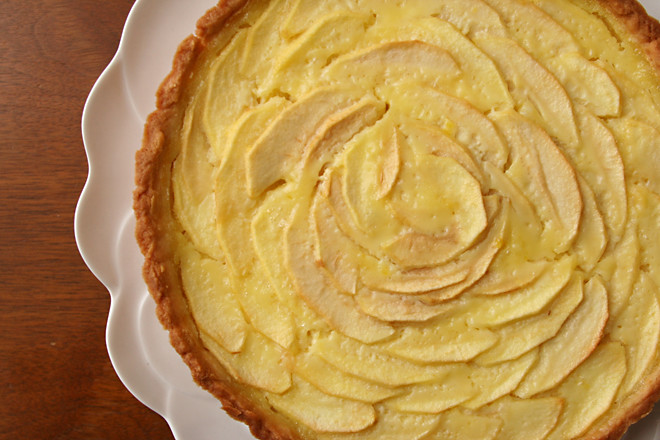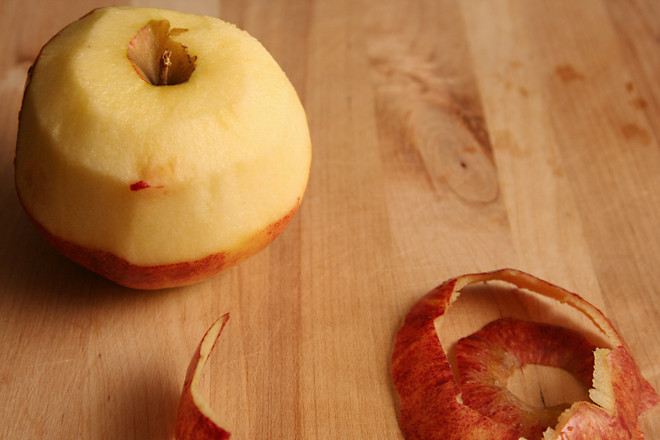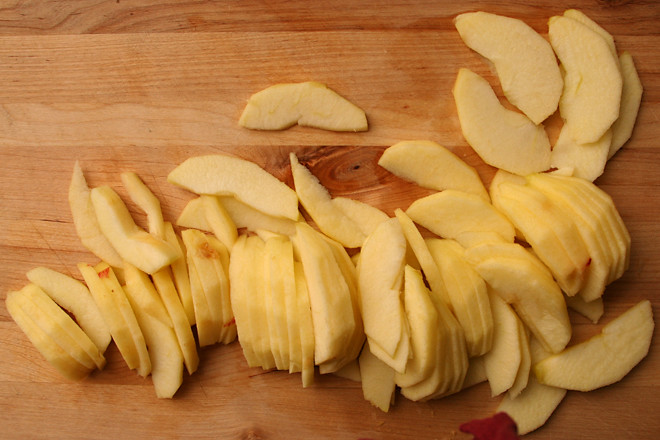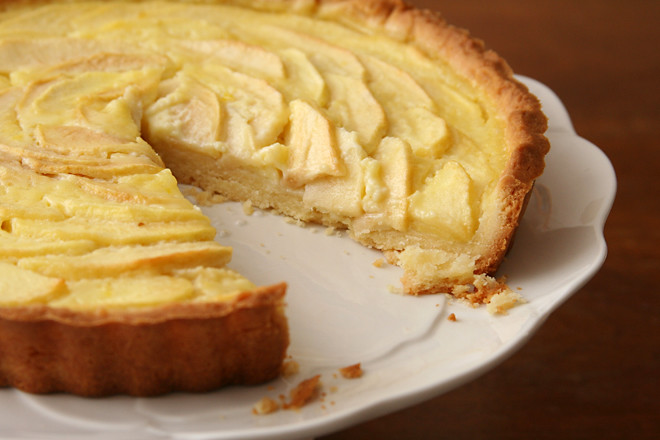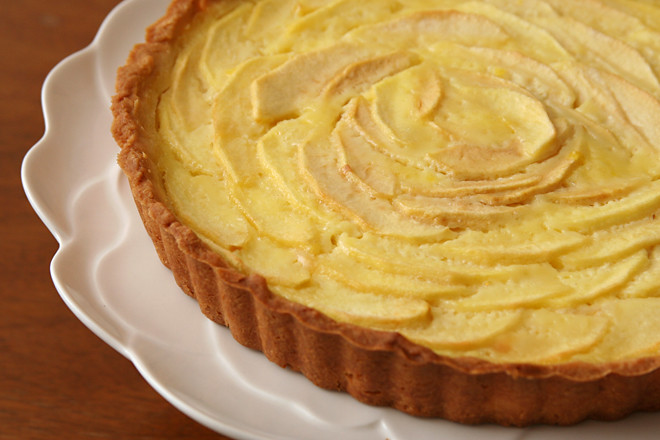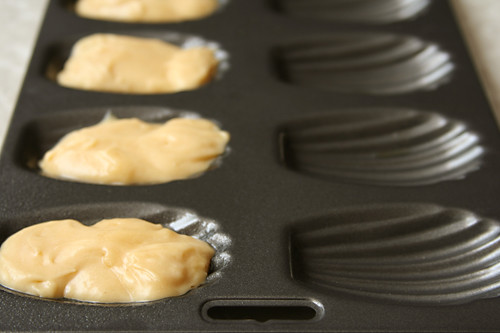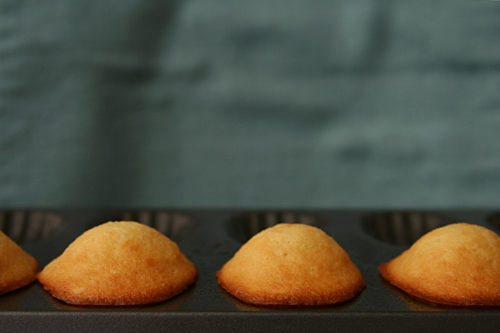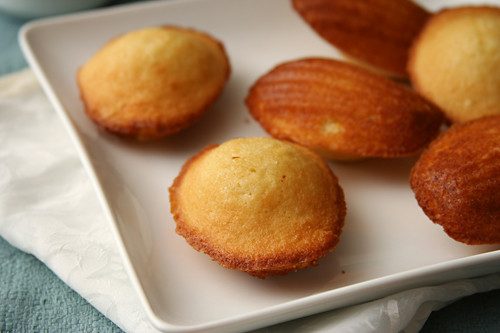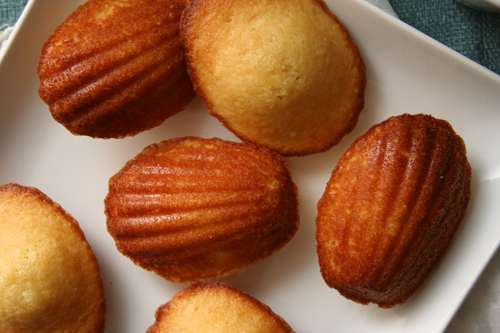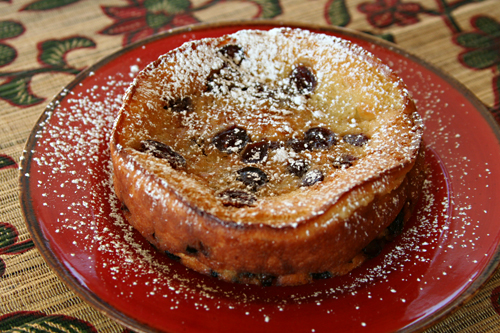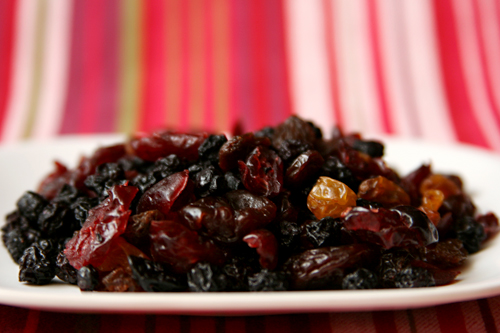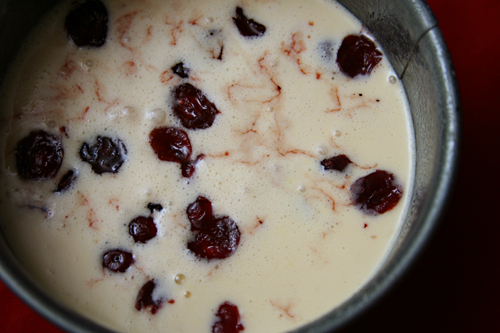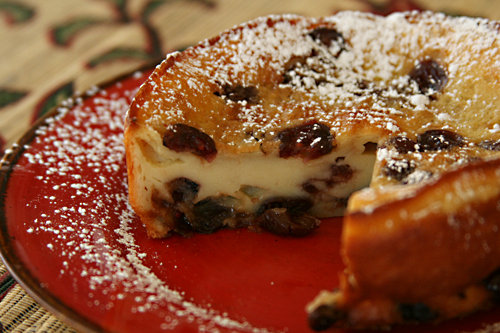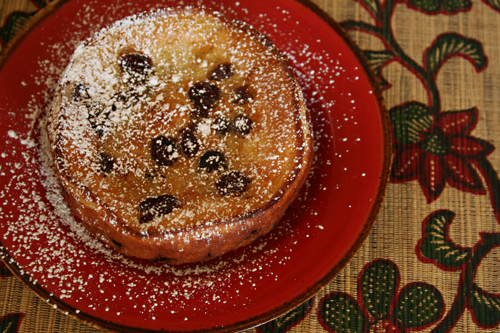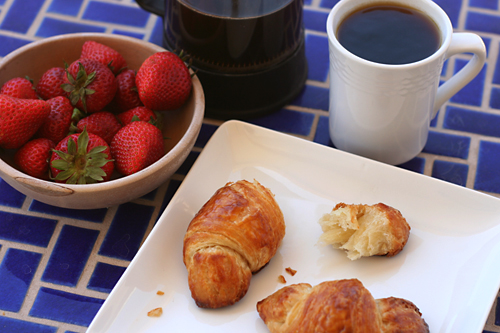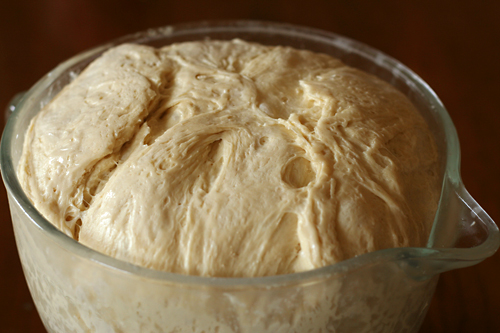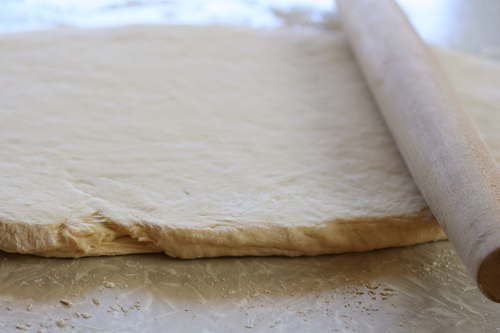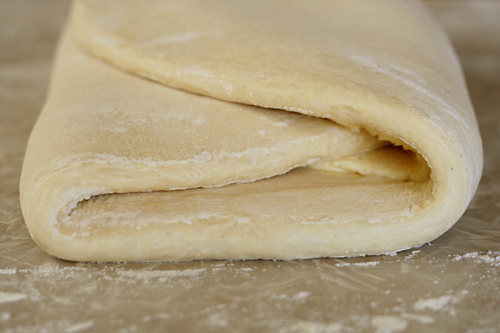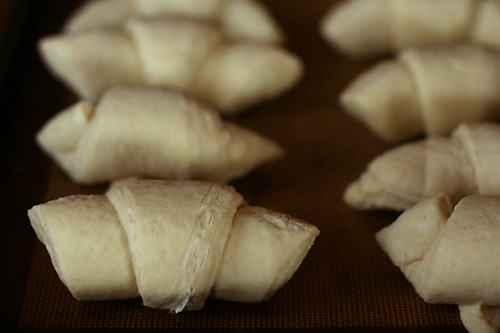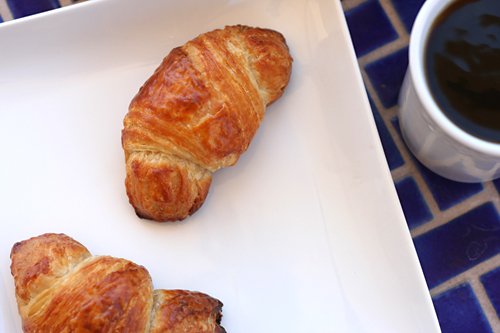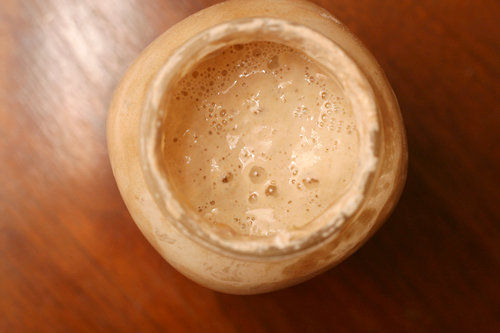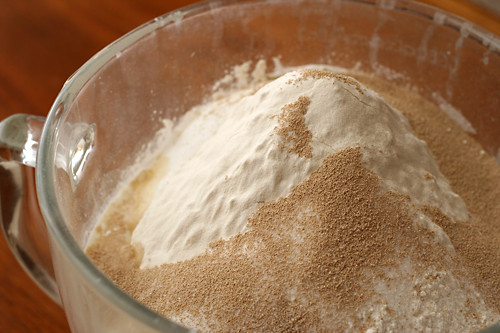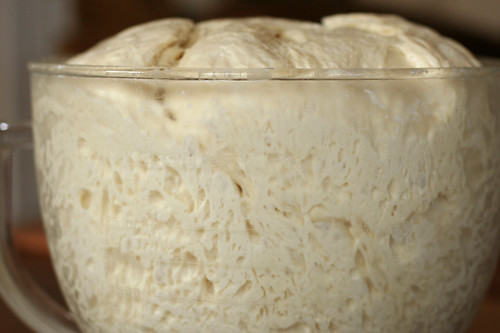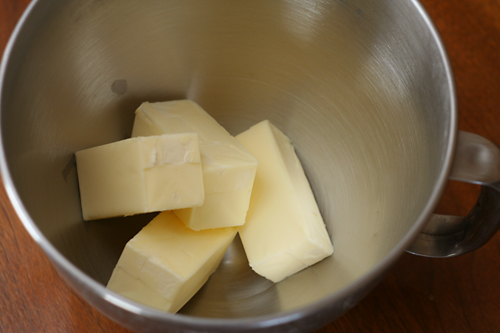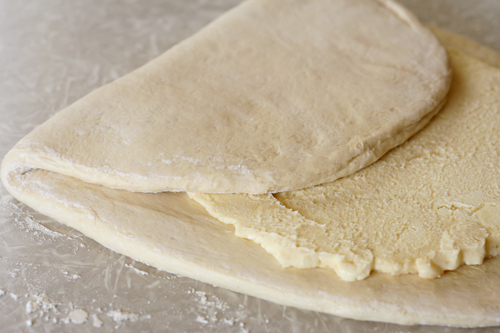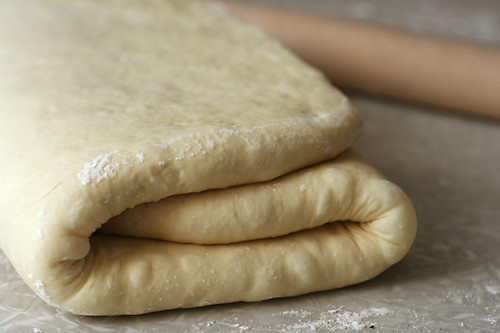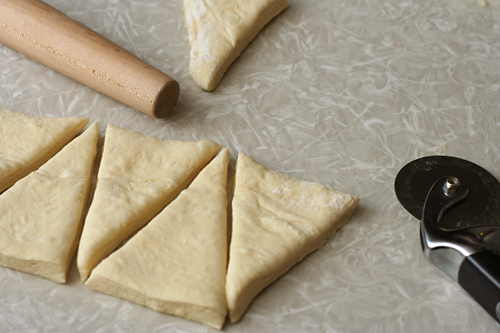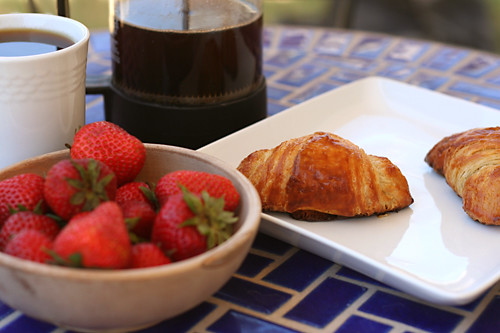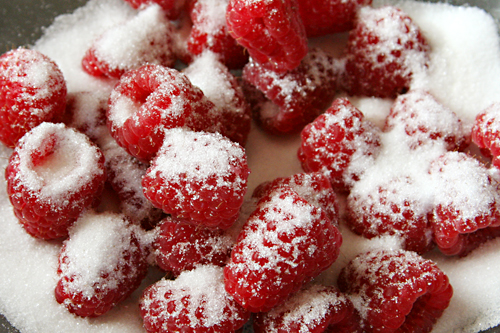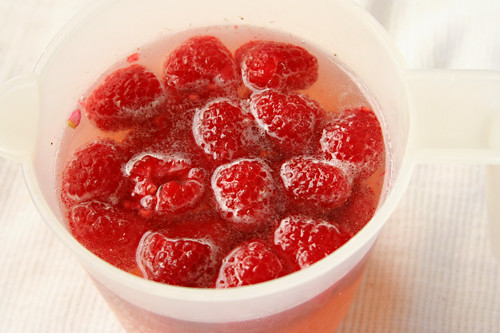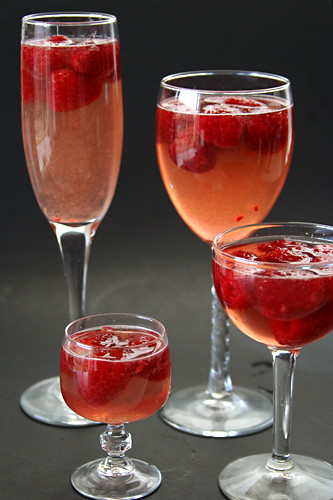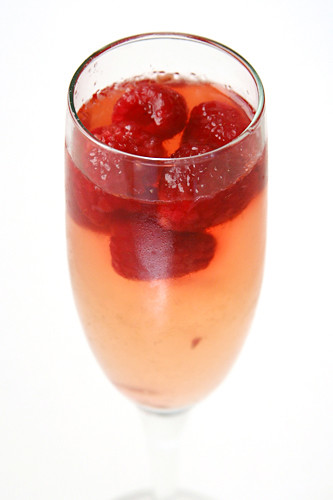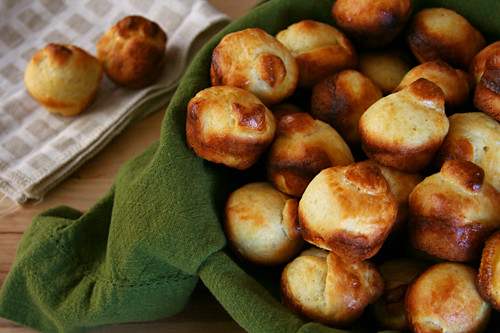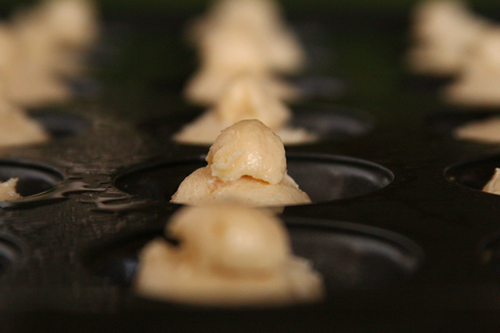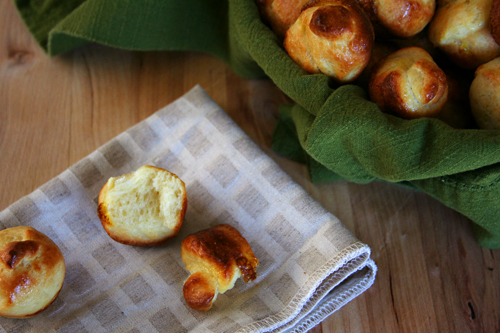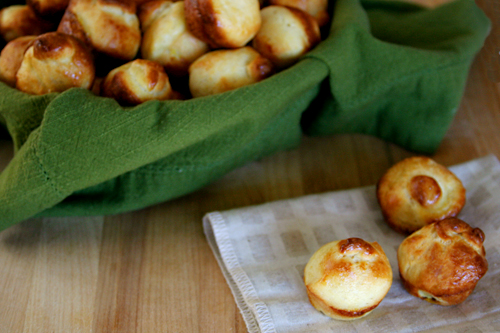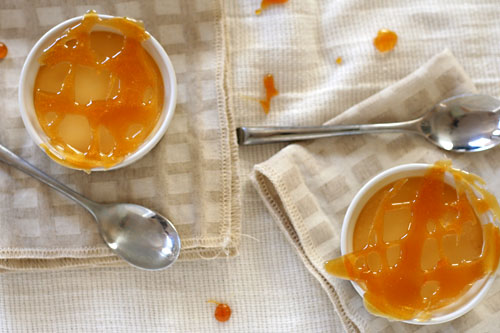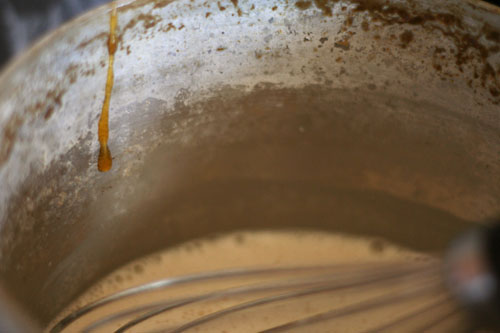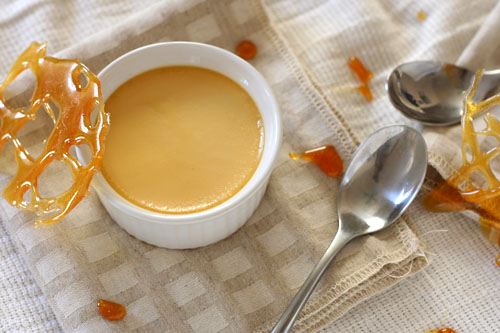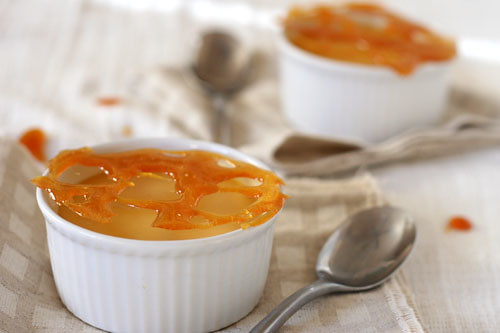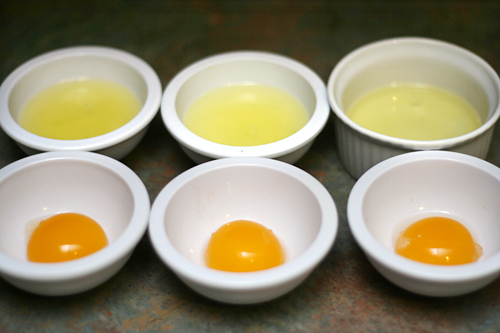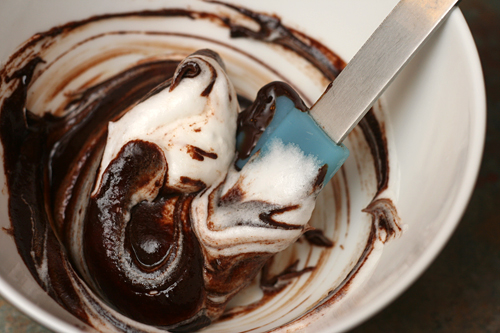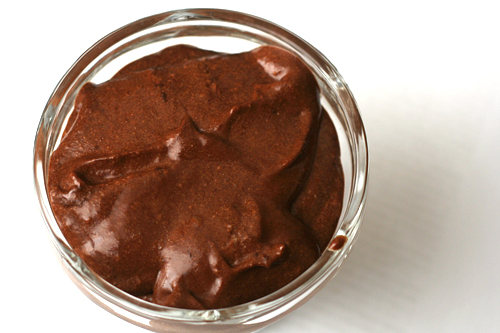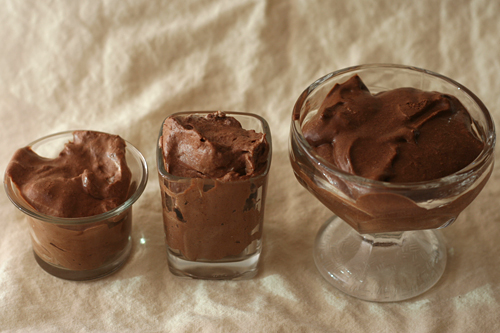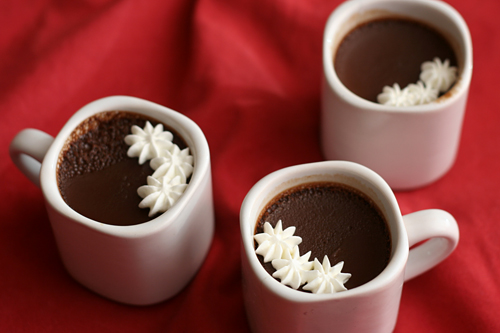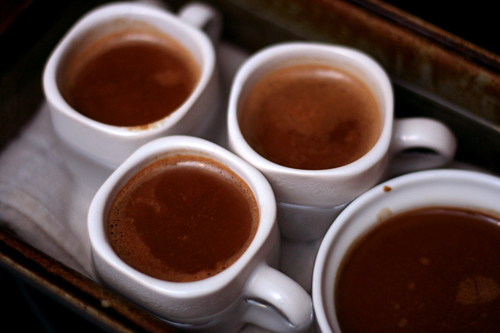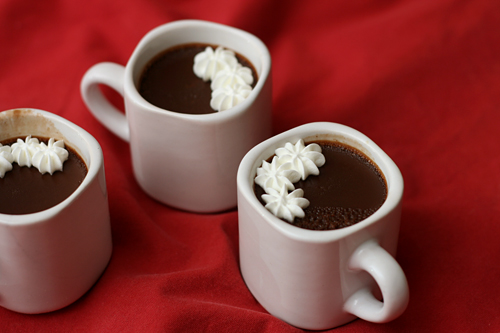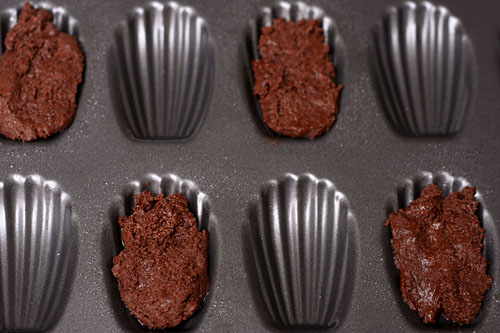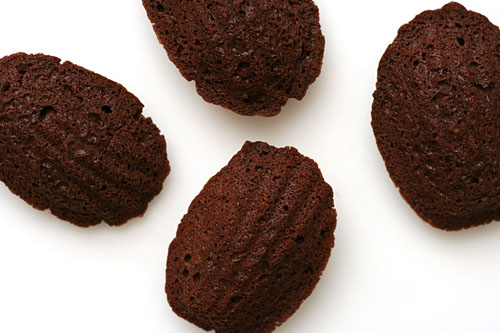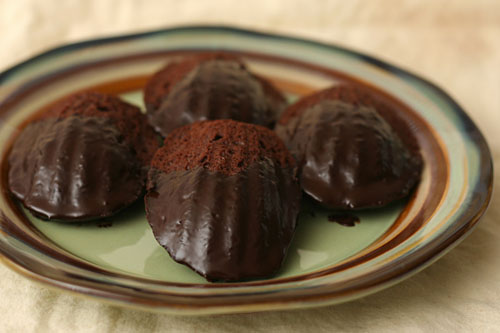I recently congratulated myself on having become more practical now that I’m older and then almost immediately had to call my own BS. I tried to think of one example of having taken the more practical route lately and came up blank. My tendency to go overboard nearly always wins.
Just to prove that I can, indeed, tone things down, I kept myself from perfecting the edges of my pastry cloth that always get crinkled after washing. Also, I only rearranged the apple slices on this tart once when they didn’t look the way I’d hoped. Even then, it wasn’t perfect, and I had at least a third of the apple slices leftover, but I had to move on with my evening.
In the end, I think the tart came out very nicely. It’s pretty and it’s tasty. But. I think with the rest of the apples, it would have been even better – a little more tart to balance the sweet custard, and the apple slice design would have stood out more. I have to admit though, the difference isn’t so significant to make the time it would have taken to perfect it worthwhile. Sometimes, good enough is just fine.
Jessica chose this tart for Tuesdays with Dorie, and she has the recipe posted. The recipe indicates that the tart will need to bake for 50-55 minutes, but mine was done around 35 minutes. The shorter time could be because it wasn’t as full, or it’s possible that I should have left it in the oven until the custard started to brown.
Two years ago: Alice Water’s Apple Tart
Three years ago: Basic Mashed Potatoes
